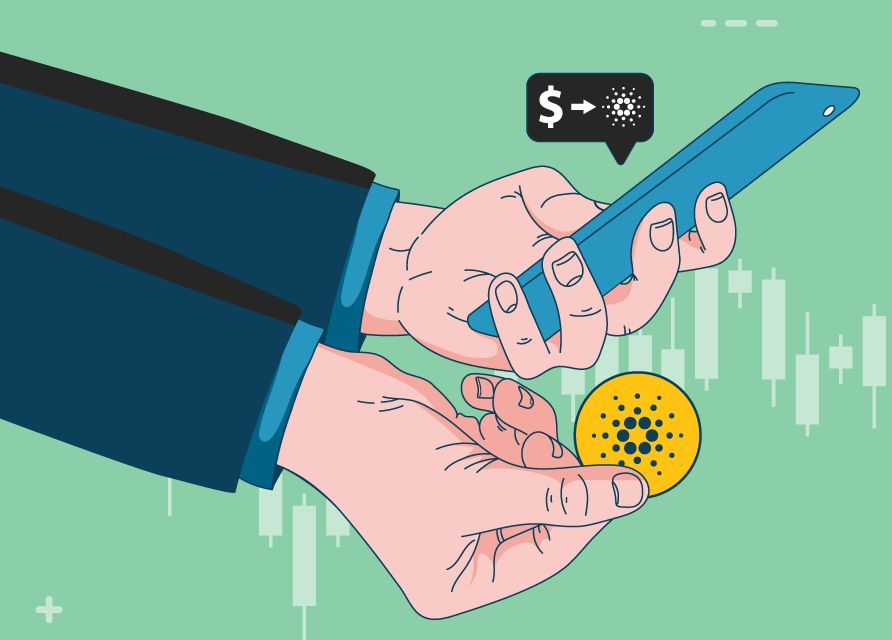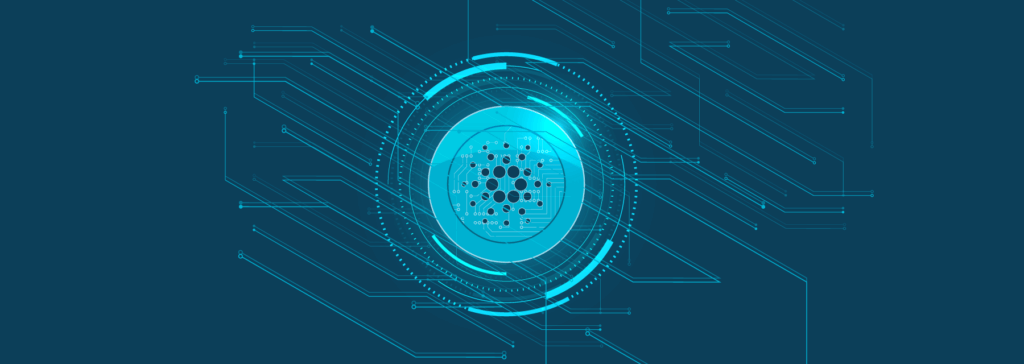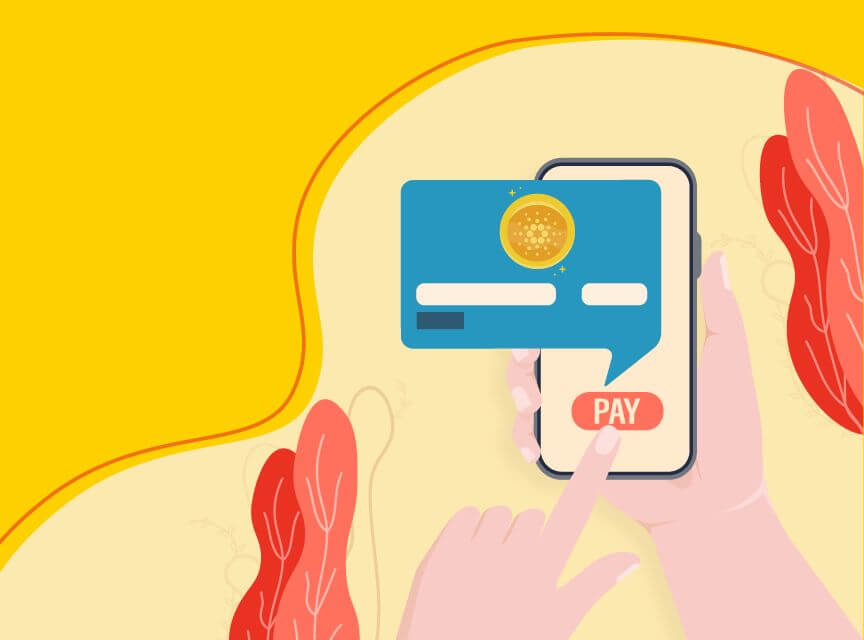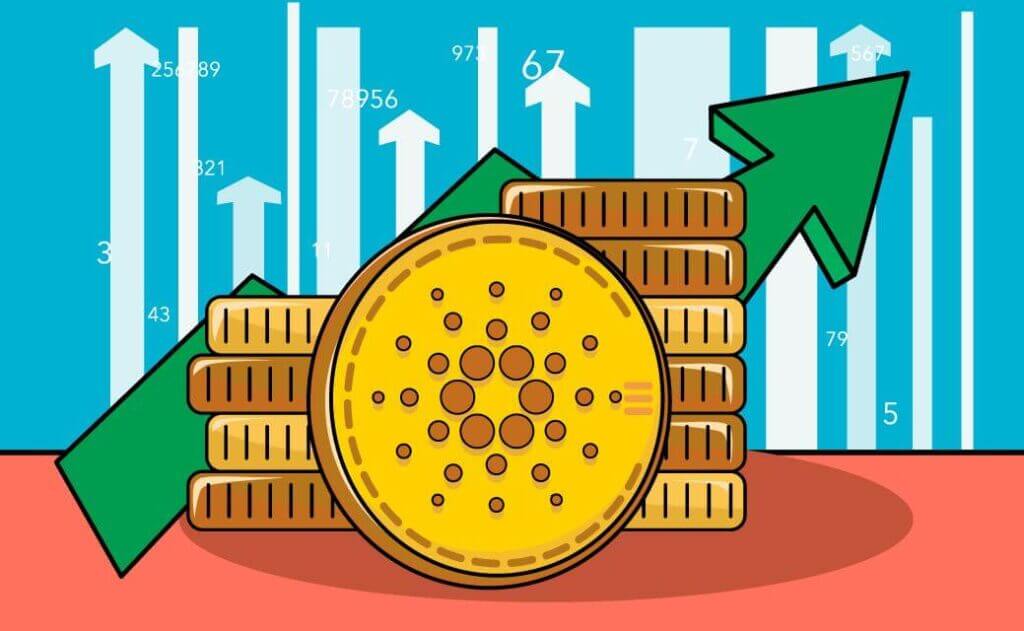Cardano (ADA)
Potential ‘Ethereum Killer’ and Crypto TrailblazerLaunched in 2017 by Ethereum co-founders Charles Hoskinson and Jeremy Wood, Cardano is an open-source public blockchain that supports smart contracts. Its native cryptocurrency, ADA, is one of the world’s top-ten most popular. In this guide, we’ll tell you everything you need to know about Cardano and ADA.

What is Cardano (ADA)?
Developed and supervised by the Cardano Foundation, Emurgo, and IOHK, Cardano is an open-source, decentralised public blockchain. Its native crypto is called ADA, and until Ethereum’s Merge, it was the largest proof-of-stake crypto project.

Though Cardano’s initial release was in late September 2017, Charles Hoskinson began development in 2015 after leaving Ethereum due to a dispute with fellow co-founder, Vitalik Buterin. After leaving Ethereum, Hoskinson co-founded blockchain company IOHK – one of the developers of Cardano.
The Cardano blockchain is named after Gerolamo Cardano, a famous Italian mathematician, while its cryptocurrency, ADA, is named after English mathematician Ada Lovelace.
| Did you know? The Cardano blockchain is named after Gerolamo Cardano, a famous Italian mathematician, while its cryptocurrency, ADA, is named after English mathematician Ada Lovelace. Source: Wikipedia |
Cardano Basics
As already mentioned, ADA is the native cryptocurrency of the Cardano blockchain. ADA can be subdivided into Lovelaces – with 1,000,000 Lovelaces per Ada.
Cardano Blockchain
The Cardano blockchain uses a proof-of-stake protocol called Ouroboros. From the outset, it was designed to be flexible so that it could scale, interact with other chains, and comply with changing regulations. In fact, Hoskinson specifically designed it to solve many of the issues Ethereum was facing.
Cardano has two layers. One is a Bitcoin-style settlement layer, which deals with transactions and is where Ada lives, and the other is an Ethereum-style computational layer suitable for smart contracts and DApps.

ADA Staking
The integrity of the Cardano network is maintained by Ada staking. The Ouroboros protocol chooses which node will add the next block to the Cardano blockchain based on the amount staked. Some nodes are run by individual stakers, while others are run by stake pools – where individuals delegate their ADA and are rewarded in proportion to the amount of stake delegated.
ADA Supply
Like Bitcoin, there is a fixed limit to the number of ADA that can ever be issued. That limit is 45 billion, and by November 2021, over 33 billion had already been issued.
Cardano (ADA) Adoption & Usability

ADA is supported by most popular crypto exchanges and is gaining traction in the payments, DeFi, and NFT spaces. By October 2022, according to CoinGecko, ADA was the eighth biggest cryptocurrency, with a market capitalization of over US$14.6 billion – though that was still a long way behind the leader, Bitcoin, which has a market cap of over $384.3 billion. Nevertheless, it puts it among the most widely used cryptos.
Cardano Network Fees & Speed
At the time of writing, Cardano boasted very fast transaction speeds, and low fees – especially compared to its main competitor, Ethereum. Exact fees depend on how busy the network is, but the average transaction cost in September 2022 was the equivalent of around $0.20 to $0.40.
| As of September 2021, the Cardano team consisted of more than 400 developers, researchers, supporters, and management, spread across 50 countries. Source: The Capital |
Cardano (ADA) Security and Safety
Like most decentralised blockchains, Cardano itself is incredibly secure. The proof-of-stake mechanism and advanced cryptography behind the network make it almost impossible to manipulate. But, as with all cryptocurrencies, the vulnerable points are exchanges, wallets, and interactions with other third parties. From exchange hacks to wallet bugs, and plain old phishing scams, it’s vital to be aware of the threats.
Security and safety tips:
- Don’t leave your ADA on exchanges. Use exchanges for buying and selling only. Always transfer your crypto to a local wallet for short-term storage.
- For long-term storage, keep your crypto in a hardware wallet.
- Always keep your wallet keys in multiple safe places – they cannot be recovered.
- Never tell anyone about your crypto holdings. No matter how secure your storage is, if you or your loved ones are physically threatened, you’ll probably hand over your personal keys.
Cardano (ADA) Volatility
Like all cryptos (except stablecoins), ADA has been on something of a roller coaster ride in terms of price volatility. After hitting just over US$1 shortly after launch at the end of 2017, it then crashed to between $0.10 and $0.03, where it remained until the 2021 crypto bull run. This saw ADA, along with most other cryptos, skyrocket – almost hitting $3 in September. From there it dropped again, and in October 2022 was trading at roughly $0.45.

But, despite this volatility, Cardano has proven itself to have real utility value in the blockchain space, and the number of projects being built on it is steadily increasing. This bodes well for the long-term stability of ADA.
Final Word on Cardano
Technically speaking, many would argue that Cardano is superior to Ethereum – which is logical, since it was created later, specifically to address some of Ethereum’s main problems. Indeed, in terms of fees and speed, it is unquestionably better than Ethereum (at least at the time of writing, immediately post-Merge).
But, will Cardano ever challenge Ethereum for the title of most popular smart contract-capable blockchain? Probably not, simply because Ethereum has so many projects and so much value already locked into it. But, can Cardano prosper and thrive as one of many popular chains in the Web3 world of the future? Absolutely. And, as such, it makes a compelling choice for many crypto users.
Similar Cryptos to Cardano
Obviously, Ethereum is similar to Cardano in terms of use cases, but Solana (SOL) is also an extremely compelling alternative – offering the same use cases, but even faster speeds. Given this, it’s not surprising that, at the time of writing, SOL was right behind ADA in terms of market capitalisation.

